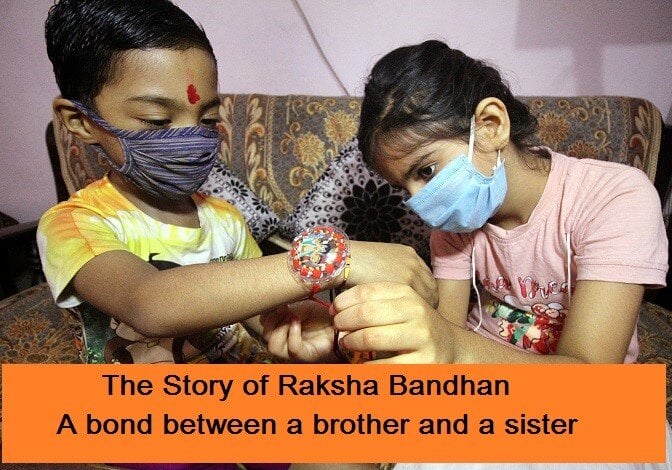The story of Rakhi - its history and tradition

Raksha Bandhan or Rakhi is one of the most auspicious occasions in the Indian calendar to show the bond between a brother and a sister. Like Mother’s Day, Father’s Day and so on, this day signifies the purity of the relationship that a brother and a sister share, the love, care, and a silent vow that a brother makes to protect his sister.
Celebrated on a full moon day in the month of August, this festival not only brings the brother and the sister together but also binds the family as one and ties stronger bonds with one another. This festival also creates an affinity amongst the Non Resident Indians toward their motherland, India.
Raksha Bandhan has varied links to the scriptures, the mythology and a history of the colonial past of India. We bring some of the pieces from the celebrations that happened in different eras in India.
Rakhi and the Colonial Past of India
In 1905, during the partition of Bengal, then under the British Raj, Nobel laureate, Rabindranath Tagore used Rakhi as a powerful thread to bind the people against this divide. With his gesture of brotherhood, he universalised the meaning of Rakhi that limited only to the brother-sister relationship. The significance of Rakhi then crossed the boundaries of caste, race and religion and sent a strong message of togetherness, nationalism amongst one another. It became a symbol of nationalism uniting Hindus and Muslims in undivided Bengal under the British rule.
The legend of the Kingdom of Chittor
The marvel of Rakhi can be seen in the biography of the Mughal Emperor Humayun which had a chapter on the history of Chittor in Rajasthan. Queen of Chittoor Rani Karnavati sent a Rakhi to Humayun along with a request to protect her and her kingdom from the invasion from the Sultan of Gujarat, Bahadur Shah. Touched by this gesture of love, Humayun set out to Chittor to protect the kingdom, but it was invaded before Humayun could make it there. Rani Karnavati and other women of Chittor sacrificed their lives by setting themselves on fire to avoid suffering at the hands of Bahadur Shah. However, Humayun restored the kingdom of Chittor and gave it to Rani Karnavati’s son, and it was out of sheer respect for the Rakhi he received from her.
Alexander the Great and Porus:
Alexander’s wife Roxana sent a Rakhi to Porus in 325 BC before the Battle of Hydadpes. The Rakhi was a plea by Roxana to Porus to have mercy on Alexander when he came to invade India. The Rakhi tied on Porus’s wrist reminded him of his promise to Roxana, and he let go of Alexander the Great right before he was to overthrow him in battle.
Origins of Rakhi in Mahabharata:
The origins of this great festival of brother and sisterhood can be traced back to the time of the Mahabharata, the world’s longest epic. To stop the bleeding on Lord Krishna’s wrist, Draupadi tore a piece of cloth from her garment and tied it on his wrist. Touched by this gesture of love, Lord Krishna made Draupadi his sister and vowed to protect her always. This lead to the birth of Raksha Bandhan, celebration, now so deeply embedded in the Indian psyche.
In the battle between Indra, the god and the demons, Indra was almost defeated. Touched by the condition of Indra, his wife Shachi tied a thread on his right wrist, amidst chanting of Vedic Mantras. This holy thread signified love and power that drove Indra to fight again and win the war against the demons.
Rakhi can also be found in the scriptures of ancient India, in the story of Yama, the god of death and his sister Yamuna. Yamuna’s rakhi to Yama endowed him with the blessing of immortality.




